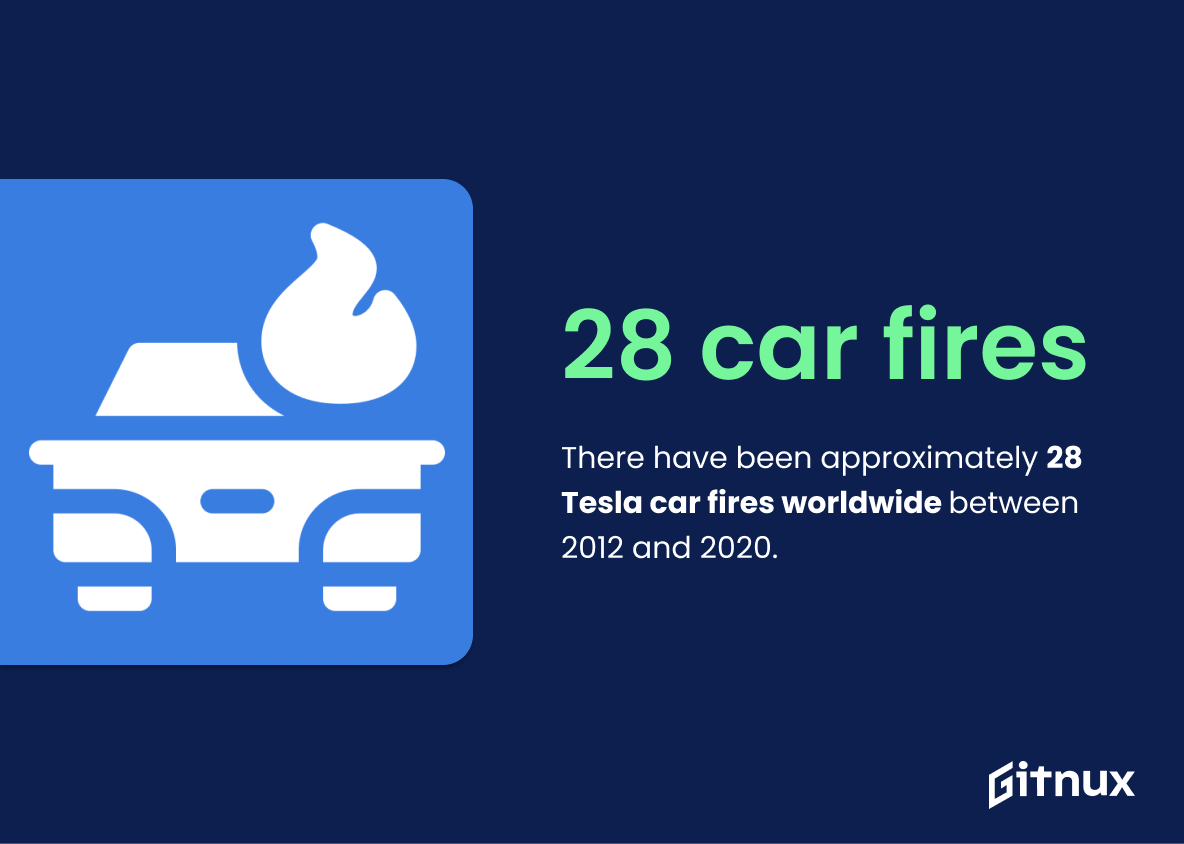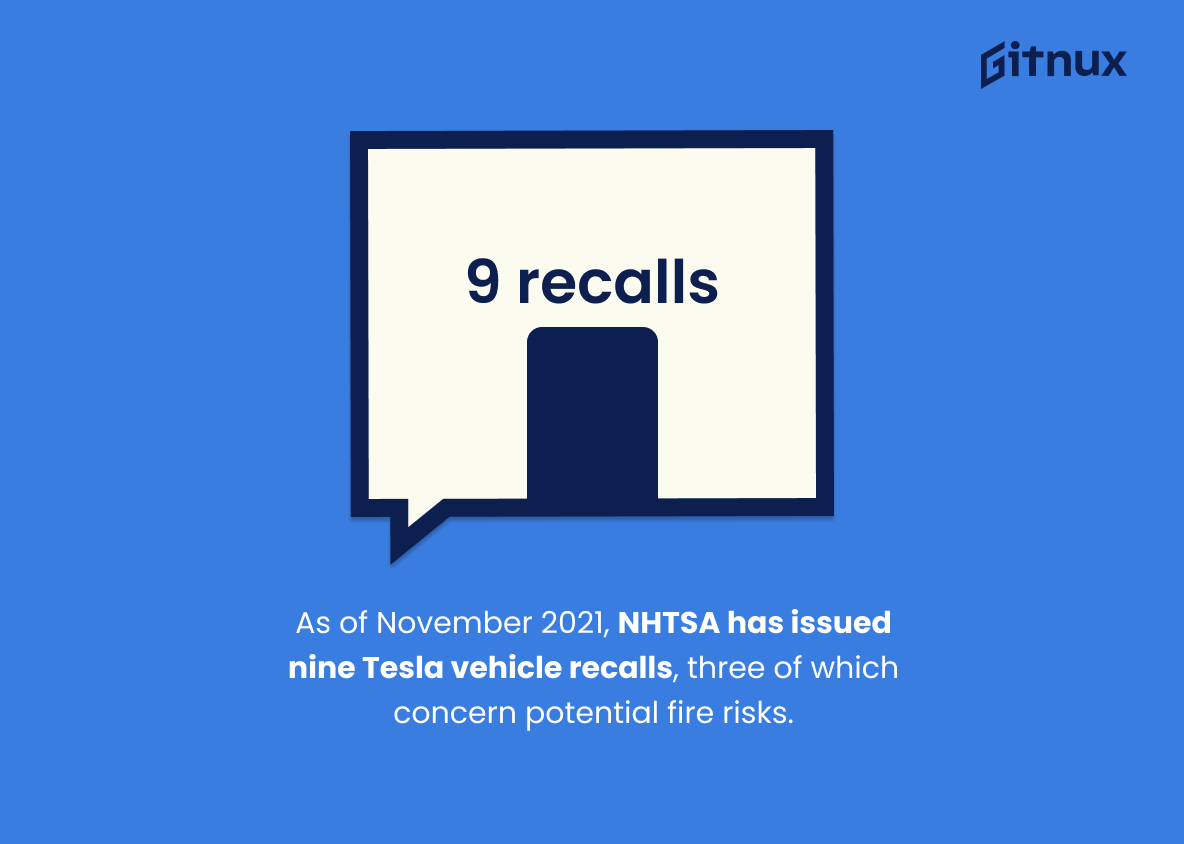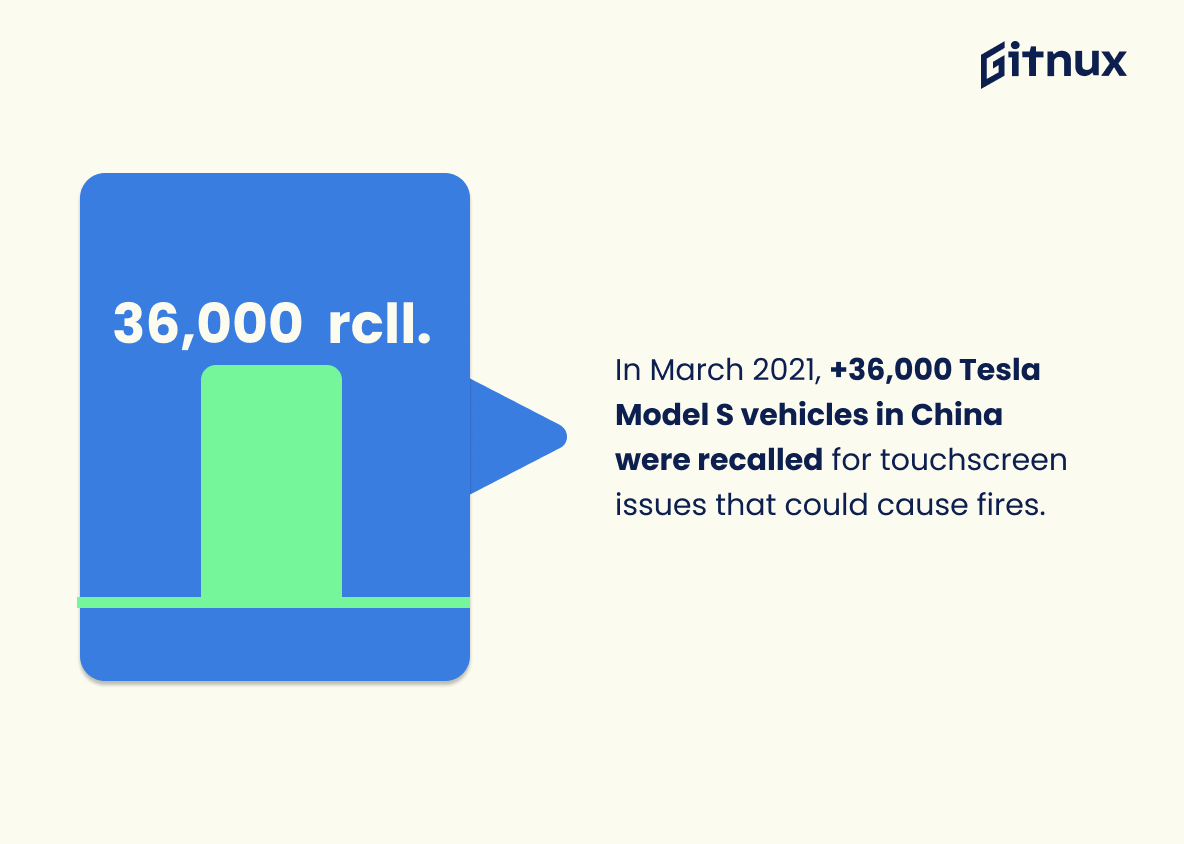As electric vehicles become increasingly popular, it is important to understand the potential risks associated with them. This blog post will explore Tesla car fire statistics from 2012 to 2021 to gain a better understanding of how often these fires occur and what causes them.
We’ll look at data on miles driven, recalls due to touch-screen failures, battery issues, charging problems and more. By examining this information, we can get an idea of whether Teslas are more prone to catching fire than combustion engine cars as well as other safety concerns related to EV batteries.
This statistic is a powerful testament to the safety of Tesla vehicles, demonstrating that they are far less likely to catch fire than internal combustion engine vehicles. This is an important point to make in a blog post about Tesla car fire statistics, as it provides a clear and convincing argument for why Tesla vehicles are a safe and reliable choice.
Over 185,000 Model S and X vehicles were recalled in 2020 due to touch-screen failures that could lead to fires. This statistic is a stark reminder of the potential danger of Tesla car fires. It highlights the fact that even the most advanced technology can be susceptible to failure, and that the consequences of such a failure can be catastrophic. It serves as a warning to all Tesla owners to be vigilant and take the necessary precautions to ensure their safety.
Tesla Car Fire Statistics Overview
There have been approximately 28 Tesla car fires worldwide between 2012 and 2020.
This statistic is a crucial piece of information when discussing Tesla car fire statistics, as it provides a tangible number to illustrate the prevalence of such incidents. It serves as a reminder that, while Tesla cars are generally considered to be safe, they are not immune to the risk of fire.
As of November 2021, the National Highway Traffic Safety Administration (NHTSA) has recorded nine Tesla vehicle investigation recalls, with three of those related to potential fire risks.
This statistic is a stark reminder of the potential fire risks associated with Tesla vehicles. It highlights the importance of understanding the safety risks of owning a Tesla and the need to be aware of any recalls or investigations related to the car. It also serves as a warning to potential Tesla owners to be vigilant and take the necessary precautions to ensure their safety.
From 2018 to 2020, the NHTSA had 43 investigations on EV battery fires, which include Tesla accidents.
This statistic is a telling indication of the prevalence of EV battery fires, particularly those involving Tesla vehicles. It highlights the importance of understanding the risks associated with electric vehicles and the need for further research into the causes of these fires. It also serves as a reminder that Tesla owners should be aware of the potential dangers of their vehicles and take the necessary precautions to ensure their safety.
In March 2021, Tesla Model S vehicles were recalled in China (over 36,000 vehicles) due to potential touch-screen failures, which could result in car fires.
This statistic is a stark reminder of the potential danger of Tesla Model S vehicles in China. With over 36,000 vehicles recalled due to touch-screen failures, it is clear that the risk of car fires is real and should not be taken lightly. This statistic serves as a warning to all Tesla owners to be vigilant and take the necessary precautions to ensure their safety.
The US NHTSA opened a probe into Tesla vehicles in August 2021, related to 11 different incidents of cars colliding with first responder vehicles, causing further fire risks.
This statistic is a stark reminder of the potential risks associated with Tesla vehicles, particularly when it comes to fire hazards. It highlights the need for further investigation into the safety of these cars, and serves as a warning to those considering purchasing a Tesla vehicle.
The fact that 11 different incidents of cars colliding with first responder vehicles have been reported is a cause for concern, and this statistic should be considered when discussing Tesla car fire statistics.
Conclusion
In conclusion, Tesla car fires are a rare occurrence and the risk of fire is much lower than that of internal combustion engine vehicles. Over the past decade, there have been approximately 28 reported cases worldwide with 12 attributed to battery issues, 2 due to charging problems, 3 caused by accidents and 3 from unknown causes.
In 2020 alone, over 185 000 Model S and X vehicles were recalled in order to prevent potential touch-screen failures which could lead to fires. The US NHTSA has also opened an investigation into 11 different incidents involving first responder cars colliding with Teslas, causing further fire risks. Lithium-ion batteries account for roughly 75% of all electric vehicle related fires, according to JD Power’s white paper on EV CoP safety standards published in August 2020.
References
0. – https://www.tesladeaths.com
1. – https://www.autoevolution.com
2. – https://www.english.caixin.com
3. – https://www.nhtsa.gov
4. – https://www.sfgate.com
5. – https://www.apnews.com
6. – https://www.reuters.com





